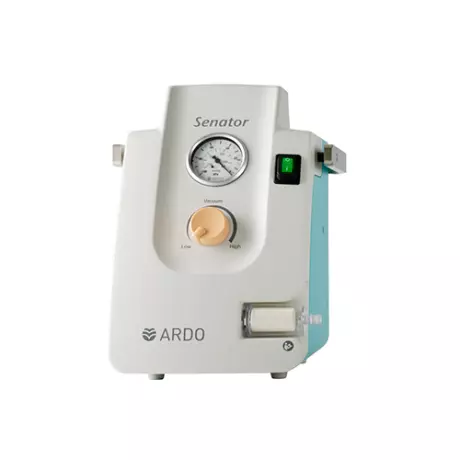
ARDO Senator suction pump The Ardo Senator is the right choice for all applications that require rel...
Portal and digital medical technology fair of the largest MedTech cluster in Germany
Ihre Suche lieferte keine Ergebnisse, aber Sie können sich auf dieser Seite präsentieren
Mit einem Eintrag auf Weltzentrum der Medizintechnik platzieren Sie Ihr Unternehmen bei Google & Co. ganz weit oben und erreichen so jeden Tag mehrere Tausend potentielle Kunden aus der Medizintechnikbranche. Mehr Informationen gibt es auf der Firma eintragen - Seite.

Aetna considers sterile saline solution medically necessary for tracheostomy suctioning but not for oropharyngeal suctioning. Aetna's definition of a DME covers the use of secretion pump, dressings, cups, gloves, and a portable home model. A suction pump comes with all the supplies needed to clean the trachea. Aetna's coverage for these devices depends on the plan type and coverage.
A home model of a secretion suction pump offers controlled subatmospheric pressure. The patient lies on their back, which is easily accessible. The pump's nozzle is inserted into the trachea and delivers intermittent bursts of suction for two to five seconds. If the area is too small for the suctioning device, a salt water solution can be used to ease the removal of cells.
Unlike other portable suction devices, a home model of a secretion pump is portable and can be carried from room to room. The pump is attached to a flexible clear plastic tube. It is passed through the mouth or nostril and into the trachea. The pump's intermittent bursts of suction last two to five seconds, and the exudate is captured in the dressing material. A portable home model of a secretion vacuum pump provides controlled subatmospheric pressure while delivering a suction.
If you have Medicare or Medicaid insurance, you can use your home model of a secretion suction pump to get a temporary fix. There are some differences between the portable and the home models. A home model of a secretion pump may be more convenient and easier to handle than a hospital-style unit, which is usually a bit more expensive. However, if you need a more permanent solution for your condition, a hospital-style suction pump may be the best option for you.
A home model of a secretion pump is portable and light-weight. The yankauer and connection tubing are attached to the suction machine. It is important to remember that the yankauer must be secure for proper use. A yankauer is the only device that can be safely connected to the trachea. Its attachment is very useful for removing the secretions from the trachea.
There are different types of secretion suction pumps. A portable home model is designed for oral pharyngeal suctioning. A stationary one is designed for tracheal suctioning. A closed system tracheal suction pump is made for tracheal and bronchial suctioning. It has a catheter that is long and flexible. A portable model can be used for both purposes.
A portable home model of a secretion pump is designed for oral and pharyngeal suction. A stationary model is designed to remove gastrointestinal secretions. It is important to remember that the portable models do not have an outer sheath, which makes them safer and more comfortable to use. They are also easy to clean and maintain. They do not require any additional equipment. A stationary home model has an internal connection tubing that is attached to the machine.
A yankauer catheter is a rigid plastic suction catheter that is placed into the mouth. This catheter is designed to suction oral secretions, maintain a patent airway, and improve oxygenation. It is a specialized device used to remove mucous from the mouth. It is designed to fit in a patient's mouth. A yankauer has a large hole to cover with the thumb, and smaller holes on the end. When the suction is applied, mucous enters the yankauer through the hole.
In order to ensure the safety of the patient, the yankauer catheter should be rolled between the forefinger and thumb. The suction catheter should be rotated slowly to avoid clogging the patient's airway. The yankauer should be cleaned in between each suctioning pass, and the connection tubing should be kept clean to avoid any plugging. In this way, the patient can breathe freely, and the device is not a dangerous machine.
Become a digital exhibitor yourself in the online portal of the largest and best-known MedTech cluster region in Germany and inform the world of medical technology about your products and services as well as about news, events and career opportunities.
With an attractive online profile, we will help you to present yourself professionally on our portal as well as on Google and on social media.